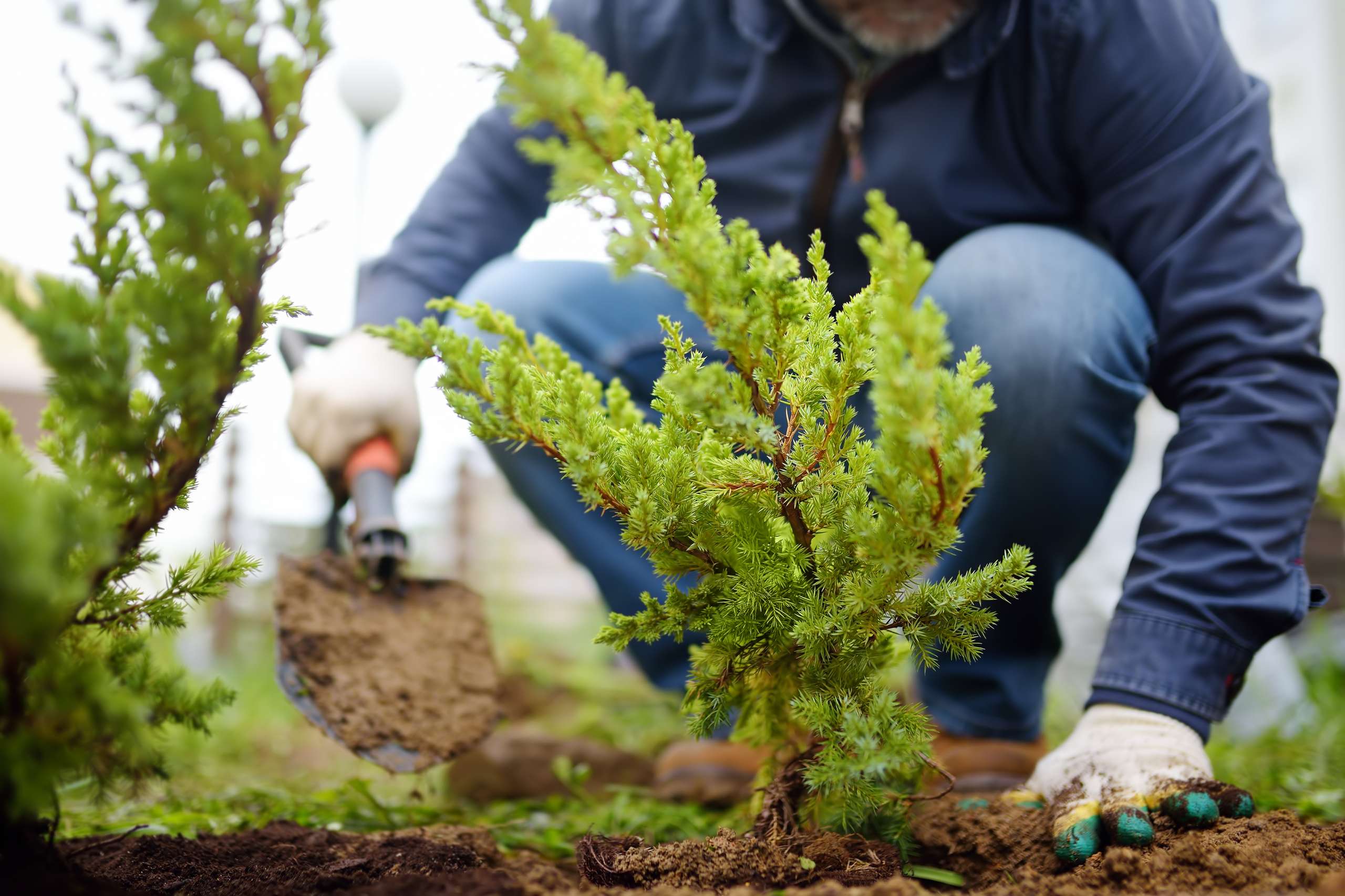Our Best Tips for Tree Planting
The weather is warming up, the birds are chirping, and you’re probably starting to think about landscaping. Spring is the most natural time to think about planting with the abundance of renewal and growth all around. As you’re planning what to buy and where to plant it, consider adding a new tree to the mix.
Trees benefit the outdoor environment by pulling carbon monoxide from the air and turning it into the oxygen we breathe, as well as your home by providing shade and protection. Of course, the type of tree and where it’s placed will determine the exact benefits, but you really cannot go wrong. Our one word of advice is to plant a tree that’s native to the area. Native trees are more likely to thrive in your area’s specific growing conditions.
If you’re looking for guidance, Capital Landscaping is happy to help. Landscaping is our expertise, so we know a thing or two about planting trees.
When to Plant Trees
Spring is the best time to plant trees, especially the small, vulnerable ones. Planting in the spring allows them to grow and prosper during the warm months, then outlast cold temperatures when winter comes.
If you’re working with container-grown trees, or more mature trees, you can plant during the remainder of the growing season. Even these, though, will do best when planted in the spring.
How to Plant a Tree
- Dig a hole. Make it as deep as the tree container and two or three times wider than the roots of the tree. This gives the roots room to spread.
- Remove the tree container. Either pull the tree out or cut the container on both sides to remove it.
- Inspect the roots. Loosen the root ball and if there are circling roots, cut or remove them. Doing so makes it easier for roots to grow and therefore, support a healthy tree.
- Place the tree into the ground. Take a step back and check to see if it’s level. If not, this is the time to make adjustments.
- Fill with soil. Add the soil you removed back into the space remaining around the tree. Pack down the soil as you work to remove air pockets. Leave room to add a layer of mulch on top.
- Add mulch. Use leaves, straw, or shredded bark as mulch around the base of the tree to protect it. Mulch holds in moisture, moderates soil and root temperature, and keeps weeds at bay.
- Water. Keep the soil moist, but not soaked. Too much water can affect the health of the tree. New trees need adequate attention until they are established, so make this step a priority.
Maybe you’re ready to plant a tree, or maybe you’ve realized you’d rather leave it to the professionals. If that’s the case, give us a call. We’ll get your project underway as soon as we can.

